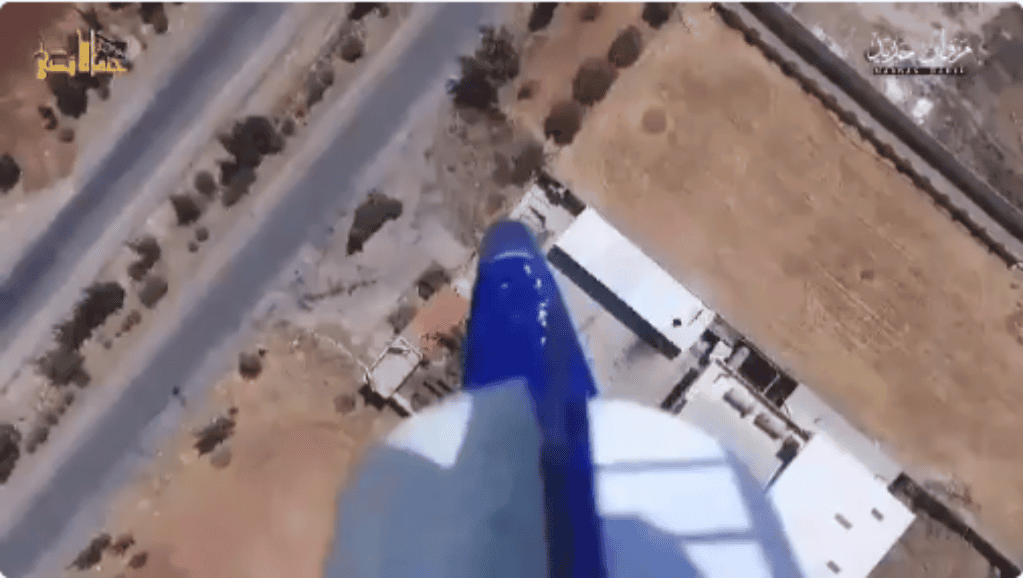
Jund al Aqsa, an al Qaeda front group in Syria, has released a video showing one of its small drones dropping a bomb on Syrian regime forces in Hama province. The unguided bomb doesn’t appear to have been especially effective, but the video is noteworthy because it documents the Sunni jihadis’ further experimentation with explosives. Iran’s chief terrorist proxy, Hezbollah, was reportedly an early adopter of drones for use in its operations.
Over the past year, Al Qaeda-linked groups and others have increasingly used commercial drones and similar technology to record their propaganda videos. The Long War Journal has previously noted that, in addition to Jund al Aqsa, jihadi groups such as Al Nusrah Front (now known as Jabhat Fath al Sham), the al Qaeda-affiliated Turkistan Islamic Party (see here and here), the Mujahideen Shura Council in Derna, the Islamic State and multiple others have used drones to record propaganda scenes.
The overhead footage can provide a dramatic look at the battles being waged, including the use of suicide bombers. The jihadis are also probably using the drones for surveillance purposes, as they can get a better perspective on the targets they seek to assault.
Jund al Aqsa is playing a major role in the rebel offensive in Hama. The group led the charge by dispatching a pair of suicide operatives against Syrian regime positions in late August. In the days that followed, Jund al Aqsa has claimed the capture of various regime checkpoints and towns.
One map posted on the organization’s Twitter feed (and seen below) provided an update on the fighting in Hama province. Other groups are taking part in the Hama operations as well. According to Reuters, “factions fighting under the banner of the Free Syrian Army (FSA),” including Jaysh al Nasr, are allied with Jund al Aqsa during the battles.
Jund al Aqsa remains loyal to al Qaeda’s senior leadership and supports Al Nusrah Front’s relaunch as Jabhat Fath al Sham (“Conquest of the Levant Front”).
In a carefully worded statement released on July 31, members of Jund al Aqsa’s “general command” said they were optimistic about Al Nusrah’s “new garb,” or new appearance. According to the statement’s authors, Al Qaeda’s emirs and clerics must have carefully deliberated the move, determining that it was in the best “interest” of both the people and the jihad in Syria. In so deciding, Jund al Aqsa’s men said, al Qaeda’s leaders have once again proven their “sacrifice” in service of the ummah (worldwide community of Muslims). The jihadists “can [use] any name” they want, the statement continued, so long as they stay true to the principles of the “prestigious first generation of mujahideen” and follow the Prophet Mohammed’s “methodology.”
Jund al Aqsa’s leadership wrote that they hoped Al Nusrah’s rebirth as Jabhat Fath al Sham would lead to the creation of a new “Islamic authority” that governed according to sharia law, protected the lives of the people, and yet remained truly “independent.” The al Qaeda-linked group did not say that Jabhat Fath al Sham was such a government, but instead that it would hopefully be a “prelude” to the creation of one.
Screen shots from Jund al Aqsa’s video of a drone dropping a small bomb:
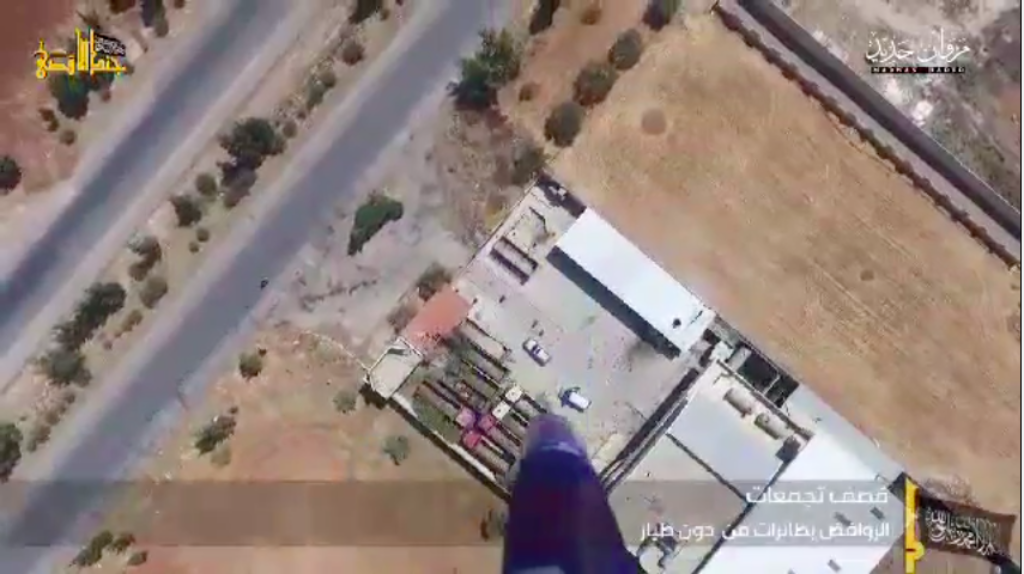
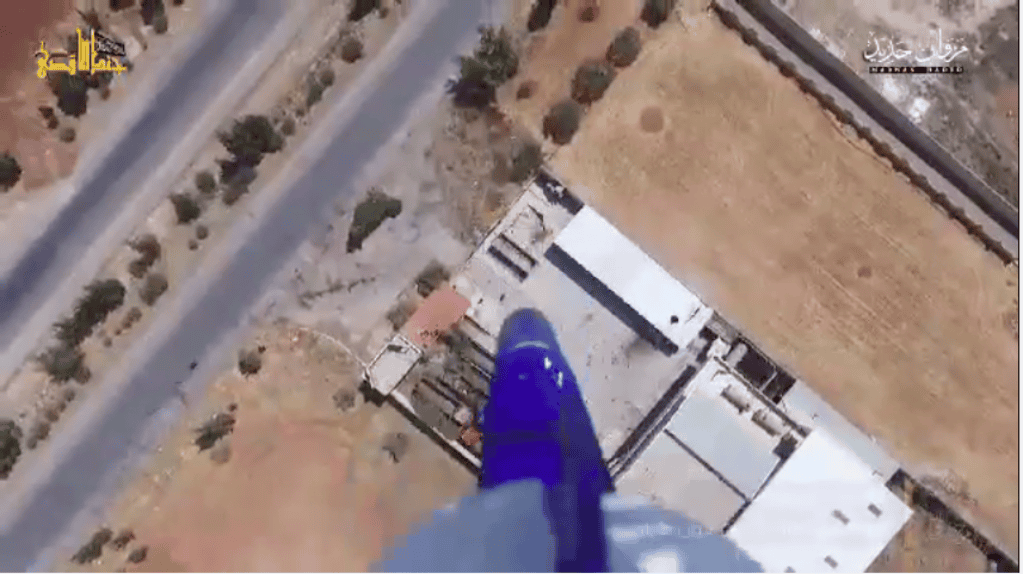
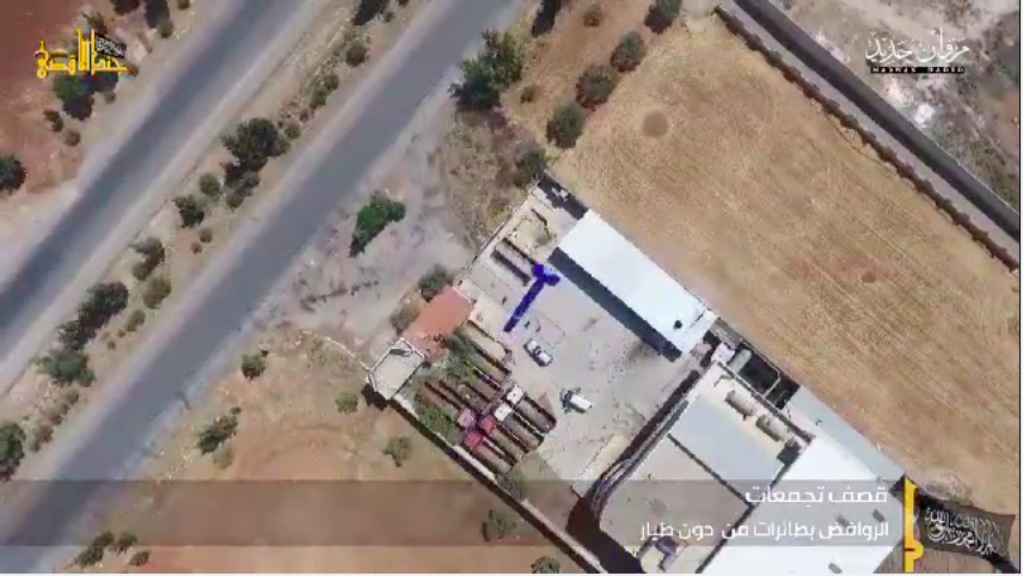
Map of fighting in northern Hama:
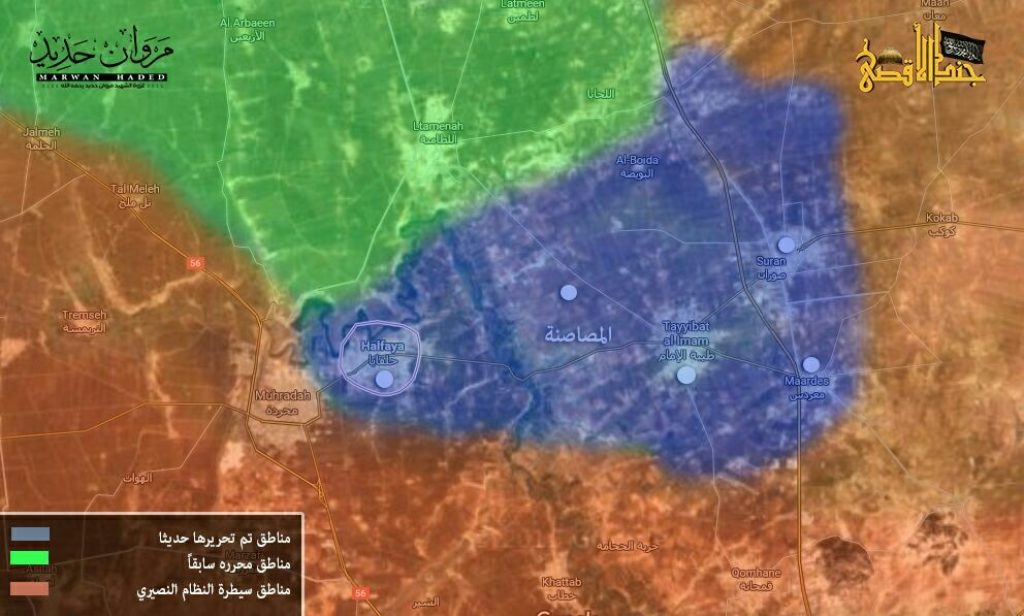
Are you a dedicated reader of FDD's Long War Journal? Has our research benefitted you or your team over the years? Support our independent reporting and analysis today by considering a one-time or monthly donation. Thanks for reading! You can make a tax-deductible donation here.








1 Comment
Consider changing your lexicon to distinguish “drones” (built for defense-use UAS used by national actors) from UAS (commercially-available Unmanned Aerial Systems) or RCMA (radio controlled model aircraft), being used for improvised ISR and weapons delivery.
It would make searches more effective, when one is trying to separate one type of event from the other.